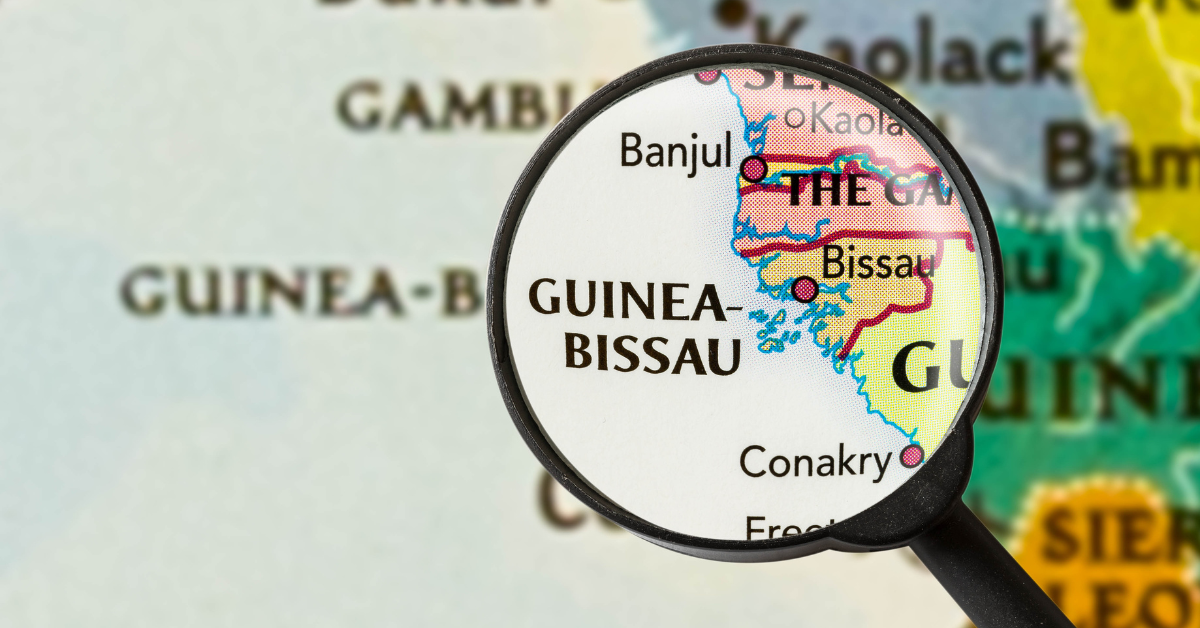Guinea-Bissau, a small nation in West Africa, remains largely unknown in Japan. However, its unique kanji representation and the images held by Japanese people reveal much about cultural perception and historical context. Understanding these aspects allows us to see Guinea-Bissau not only as a distant country but also as a nation with potential connections to Japan.
The Kanji Representation of Guinea-Bissau
Guinea-Bissau has at times been represented in kanji as 「幾内亜比薩烏」. This phonetic rendering emerged from the Meiji era, when foreign place names were written using kanji characters chosen for their sound values. At that time, katakana was not widely standardized, so newspapers and scholarly texts often relied on kanji as a tool for making foreign words more understandable.
Today, the official usage is katakana, written as “ギニアビサウ,” which aligns with international standards. Nevertheless, the historical kanji form retains cultural value as a reflection of Japan’s linguistic traditions.
| Writing style | Usage | Characteristics |
|---|---|---|
| Guinea-Bissau (Katakana) | Official modern form | Matches international standards, easy to understand |
| 幾内亜比薩烏 (Kanji) | Historical form | Example of phonetic kanji during Meiji era |
| Phonetic breakdown Guinea = 幾内亜, Bissau = 比薩烏 | Based on sound segmentation | Shows adaptation of kanji to phonetics |
The Image of Guinea-Bissau Held by Japanese People
Perception of Low Recognition
Guinea-Bissau is considered a small nation on the global stage, and its recognition in Japan is extremely limited. The country rarely appears in school curricula or media coverage, so many people are unfamiliar with its very name.
Perception of Political Instability
Since independence, the country has experienced repeated coups and political upheaval. As a result, Japanese people often associate it with “instability and lack of safety”, which discourages its appeal as a travel destination.
Appreciation of Nature and Culture
On the other hand, some people are drawn to its abundant nature, traditional music, and dance. Guinea-Bissau is also known as a major producer of cashew nuts, a product familiar to Japanese consumers, which provides another channel for recognition.
| Main Japanese Perception | Content | Remarks |
|---|---|---|
| Low recognition | Few people know the country | Rarely featured in education or media |
| Instability | Frequent coups and conflicts | Strong negative impression |
| Rich nature | Coastlines and tropical forests | Potential tourism resource |
| Food culture | Renowned for cashew nut production | Exported to Japanese markets |
Guinea-Bissau and Sports
Popularity of Football
The most popular sport in Guinea-Bissau is football. The national team has appeared in the Africa Cup of Nations, giving young citizens a sense of national pride.
Players Abroad
Due to its Portuguese-speaking background, many players compete in Portugal and France. Some have joined European powerhouses, earning recognition on the global stage.
Differences in Japanese Perception
In Japan, Guinea-Bissau’s football is largely unknown, but Japanese fans encounter its players indirectly through European leagues. In the future, friendly matches and sports exchanges could enhance the country’s recognition in Japan.
| Area | Characteristics | Recognition in Japan |
|---|---|---|
| Football | Most popular domestic sport | Very low recognition |
| Players in Europe | Many play in Portugal and France | Known via European leagues |
| Exchange opportunities | Potential for friendlies and transfers | Recognition may rise |
Food Culture and Resources in Guinea-Bissau
Guinea-Bissau is primarily an agricultural country, especially known for its cashew nut exports, which are among the world’s largest. Rice and seafood are also central to the nation’s daily diet.
Its cuisine reflects Portuguese colonial influence, combining rice and fish with spices to create distinctive flavors.
| Food | Characteristics | Global relevance |
|---|---|---|
| Cashew nuts | Leading global exporter | Exported to Japan |
| Rice | Staple food | Produced domestically in rural areas |
| Seafood | Abundant in coastal areas | Mostly consumed locally |
Tourism Potential in Guinea-Bissau
Guinea-Bissau offers significant tourism potential, particularly with the Bijagós Archipelago. The islands remain largely undeveloped, preserving pristine environments that could become major attractions with proper infrastructure.
- White sandy beaches and clear waters
- Mangrove forests and diverse ecosystems
- Traditional culture and distinctive village life
For Japanese travelers, these features could make Guinea-Bissau appealing as a “hidden gem” destination.
Conclusion
Guinea-Bissau carries the historical kanji representation 「幾内亜比薩烏」, though today it is officially written in katakana. Japanese perceptions are often limited to “low recognition” and “political instability,” but in reality, the country holds rich natural resources, unique cuisine, and a strong football culture.
With growing cultural and sports exchanges, Guinea-Bissau has the potential to transform in Japanese minds from a “distant, unfamiliar nation” into a “multifaceted country of cultural and sporting interest.” By appreciating both its historical representation and its modern diversity, one can develop a deeper, broader perspective of this West African nation.






